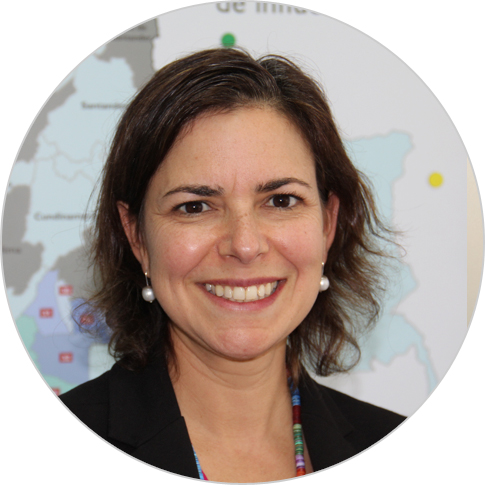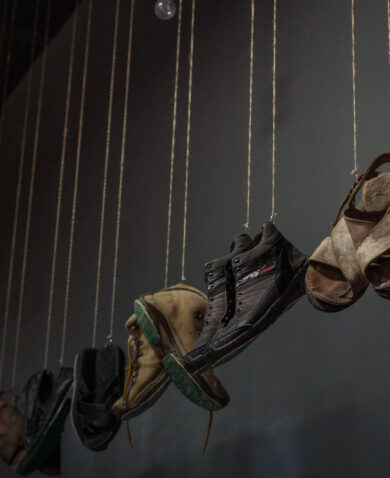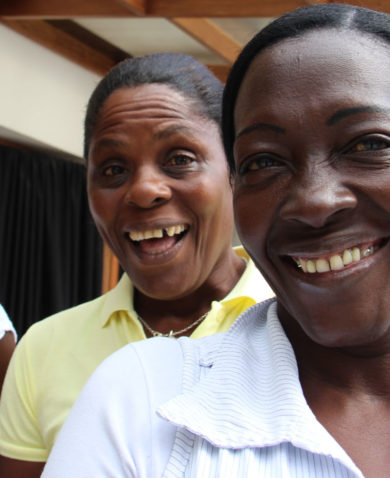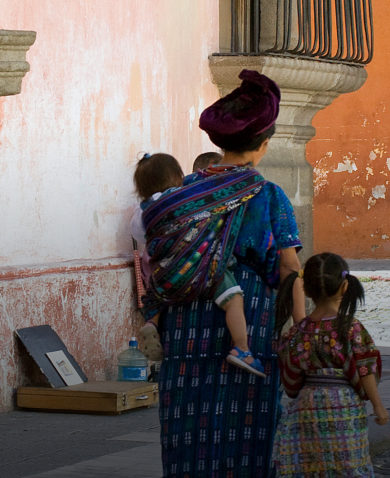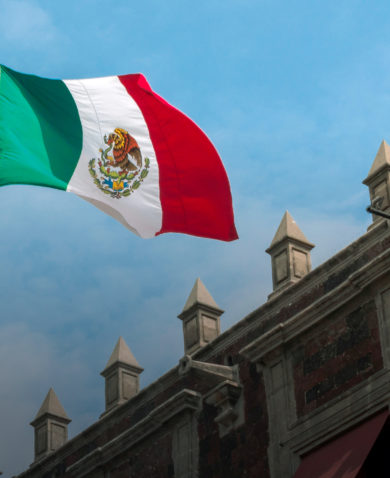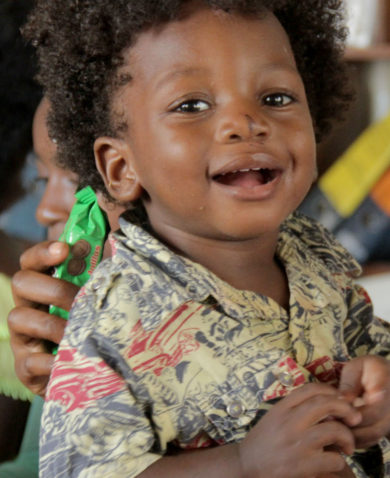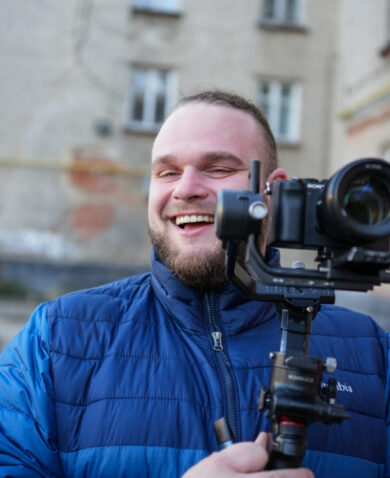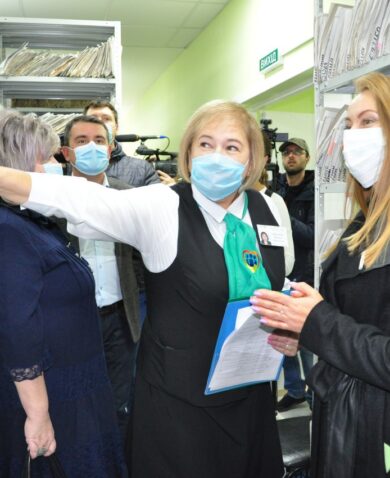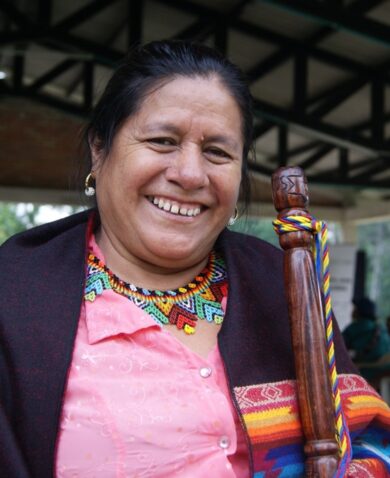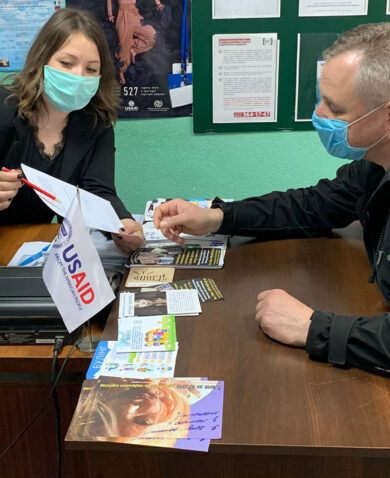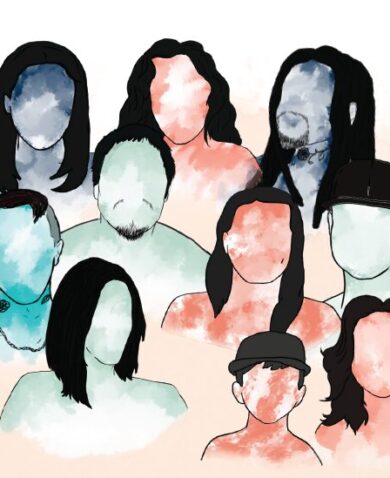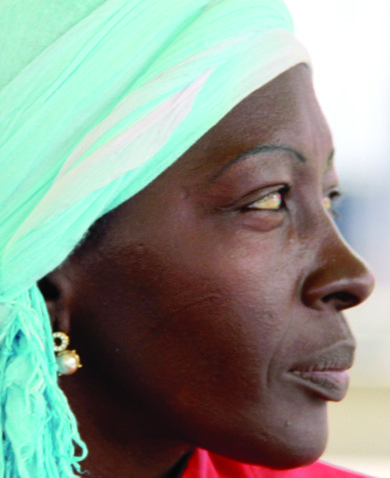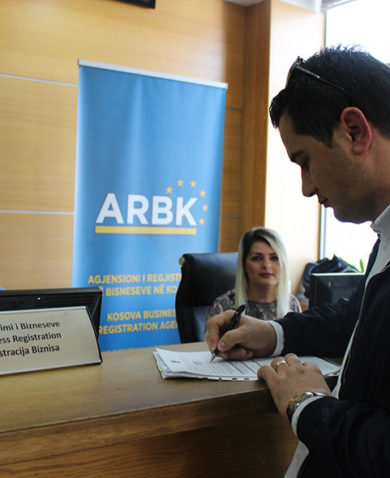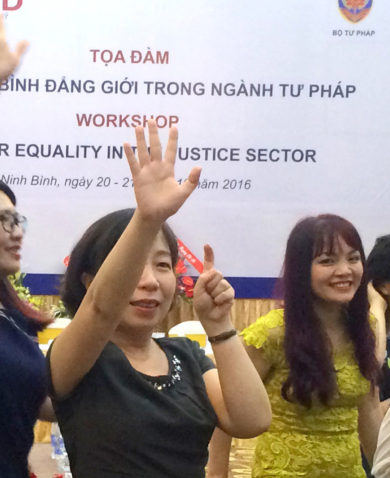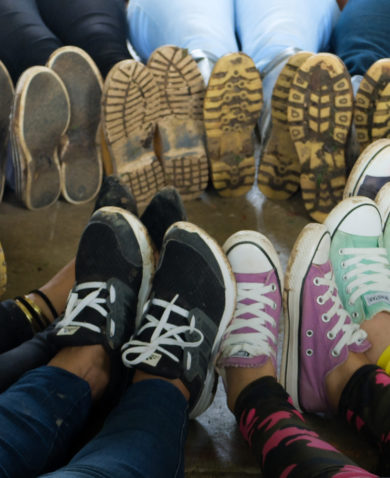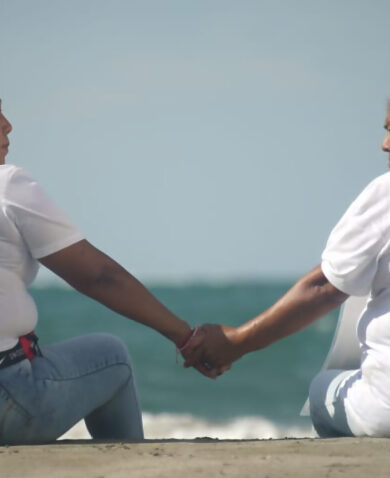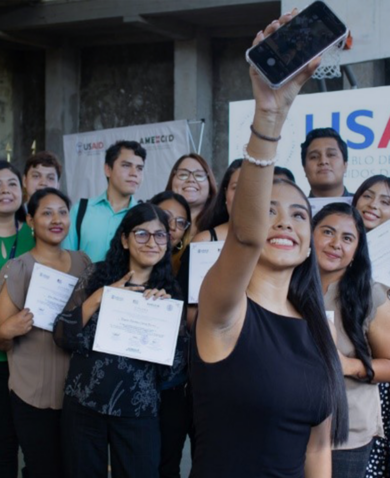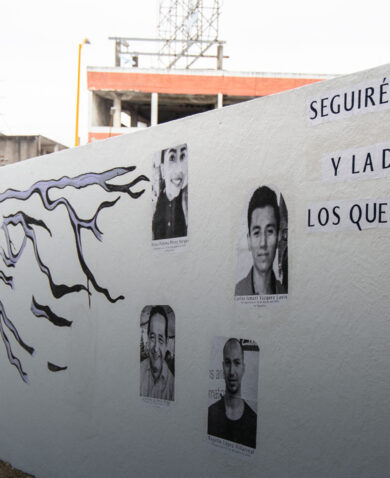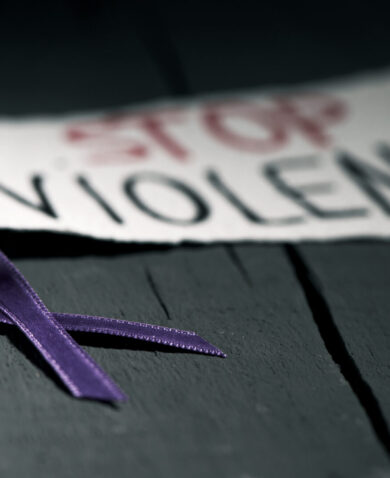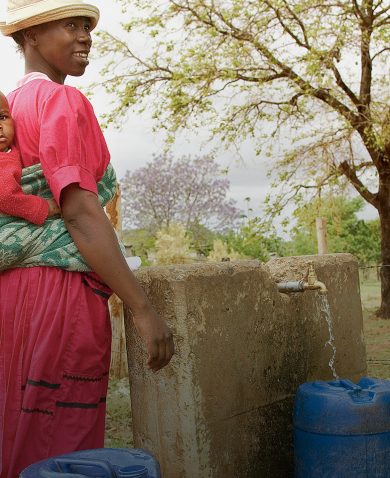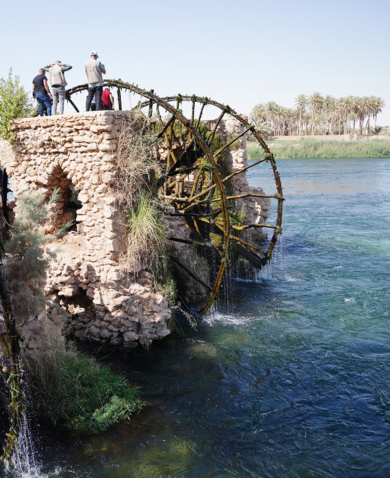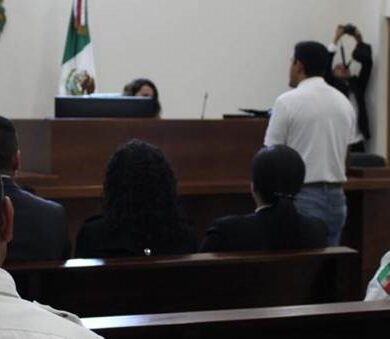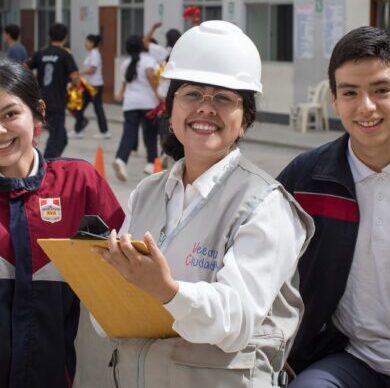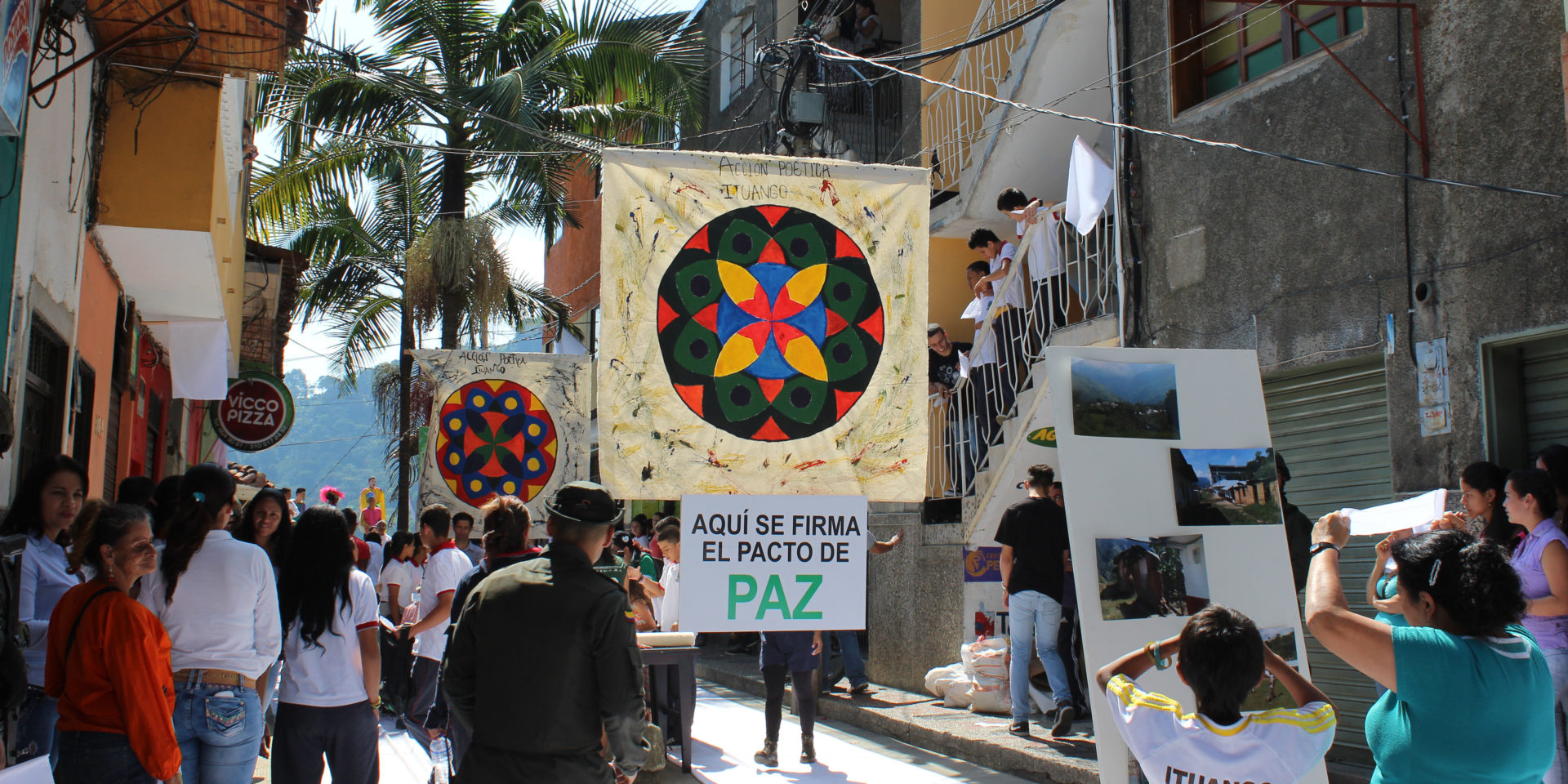
3 Questions with Kelly Brooks: On the Historic Colombian Peace Process
August 23, 2016 | 3 Minute ReadAs Colombia approaches the signing of a peace accord with the FARC, Kelly Brooks reflects on the peace process after more than 50 years of conflict.
The USAID Human Rights Activity (HRA) in Colombia supports the Colombian government and civil society to foster respect for human rights and protect vulnerable populations.
The Colombian government is negotiating a peace accord with the FARC guerrilla group after 50 years of conflict. What are the biggest challenges that the demobilization of the FARC presents, and how can the donor community support Colombia in overcoming those challenges?
The FARC has acted as a proxy government for decades in parts of Colombia, so the peace process will create a vacuum. It’s important for Colombia and the international community to quickly fill that vacuum with services and employment opportunities, or guerrillas may turn to illicit livelihoods out of a lack of options. The faster the government can react and show the benefits of the peace process at the local level, the likelier the peace process will be to succeed.
In terms of the role of the international community, the United Nations is overseeing the demobilization process, and Colombia is calling on the development community to help implement the accord swiftly and effectively. Providing the necessary services will require an influx of resources, so donors have an important role to play. The demobilization will have the biggest impact on rural areas, so there’s a particular need to work with regional governments. For example, HRA already has a presence throughout Colombia and is delivering training sessions to help local governments understand their role in the demobilization process.
How can Colombia balance an effective reentry process for FARC guerrillas with the rights of victims and rural communities?
Human rights have been at the forefront of discussions during the peace negotiation process. HRA’s approach is to empower communities to advocate for themselves and get involved in the peace process. This is particularly relevant for historically marginalized groups like ethnic minorities and women, who have been disproportionately affected by the conflict. For example, HRA is supporting a coalition of indigenous and Afro-Colombian women to participate in the peace negotiation. The coalition has agreed on a platform and sent a delegation to present in Havana, where the negotiations are taking place.
Youth are also a vulnerable population. Young people are at risk of being recruited by illegal groups, especially those that could emerge after the peace accords are signed. In many conflict-impacted areas, Colombia’s youth have a lack of extracurricular opportunities. This lack of opportunity leads to an excess of free time which often increases their risk of forced recruitment. HRA focuses on providing youth with alternatives to provide them with incentives to lead licit lives, including art, music, and other opportunities to fill their free time.
HRA is also working with authorities and communities to empower them to prevent human rights violations in the future, by improving the effectiveness of Colombia’s justice system, for example.
What does an effective justice system look like in Colombia?
Human rights cases are difficult to prosecute, but we have to overcome that challenge. If there’s a history of impunity because violators aren’t brought to justice for homicides or threats, it’s difficult for human rights defenders to continue to operate.
One approach HRA has taken is working with the Office of the Attorney General to implement a prioritization policy for cases. In Colombia, local prosecutors are evaluated based on the speed with which they resolve cases, which creates an incentive to prosecute the most straightforward cases first. This policy helps prosecutors prioritize human rights cases over cases of petty crime.
The project is also equipping prosecutors with the skills they need to build a successful case against perpetrators of human rights violations by examining the context around a crime and focusing on the crime’s intellectual author. For example, if a community is faced with a homicide threat, the prosecutor’s time is better spent building a case against the criminal network that is responsible for the threat rather than the teenage boy who was paid a small amount of money to distribute the threatening pamphlets.
The goal of building the capacity of the justice system and the rest of HRA’s activities is to work toward a Colombia that isn’t marked by conflict. Colombia has enormous potential, and after more than 50 years of conflict the peace accord is a momentous occasion for the country.

